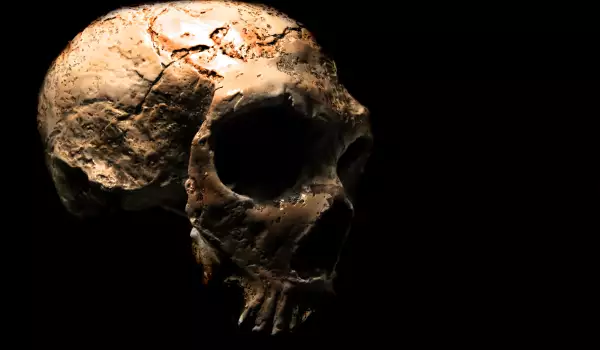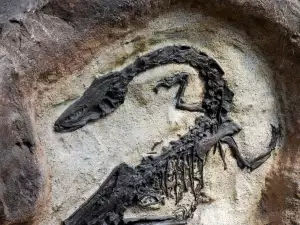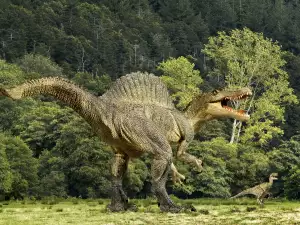Studies of the skull of the so called hobbits, discovered on the Indonesian island of Flores in 2003, showed that the holder was an archaic ancestor of human scale and was not suffering from illness, nor a modern man, reports National Geographic. This conclusion arises from comparison of the skull to those of modern humans and apes and other cases found in human brain fossils.
"The shape of the skull is consistent with that which would have a small skull and archaic Homo" Says Karen Baab, a biological anthropologist from Stony Brook University in New York. Genus Homo includes modern human beings, as well as close relatives of the Neanderthals.
Skeptical scientists offer alternative identifications, suggesting for example, that the Hobbits scale were modern humans with a genetic disease that causes shrinkage of the brain, called microcephaly.
The new study, which National Geographic reported, focuses on asymmetry or unequal between the left and right side of the Hobbits skull. The report published in 2006 concluded that the skull is highly asymmetric, which is the result of abnormal development and thus away from the scientists that Hobbits were distinct biological species.
In addition to asymmetry of the skull, the new study also found that this asymmetry is within the normal range for precursors of healthy people. According to Baab, being unequal, may at least partly be explained by the process of conversion into fossils.
Robert Eckhard, professor of genetics and evolutionary morphology development at the University of Pennsylvania and coauthor of the report in 2006, dismissed the explanation for fossils and Baab says 'that the current asymmetry is strong evidence for the development of an anomaly'.
Robert Martin, in charge of biological anthropology at the museum in Chicago, says new research studied the skull shape and size, and ignores the small asymmetrical brain, which can be regarded as evidence of microcephaly.
The question of whether Hobbits are separate species is responsible for numerous discussions and veracity of this claim and is yet to be demonstrated.









